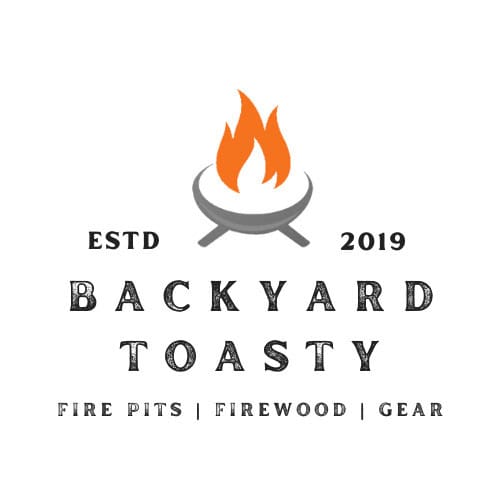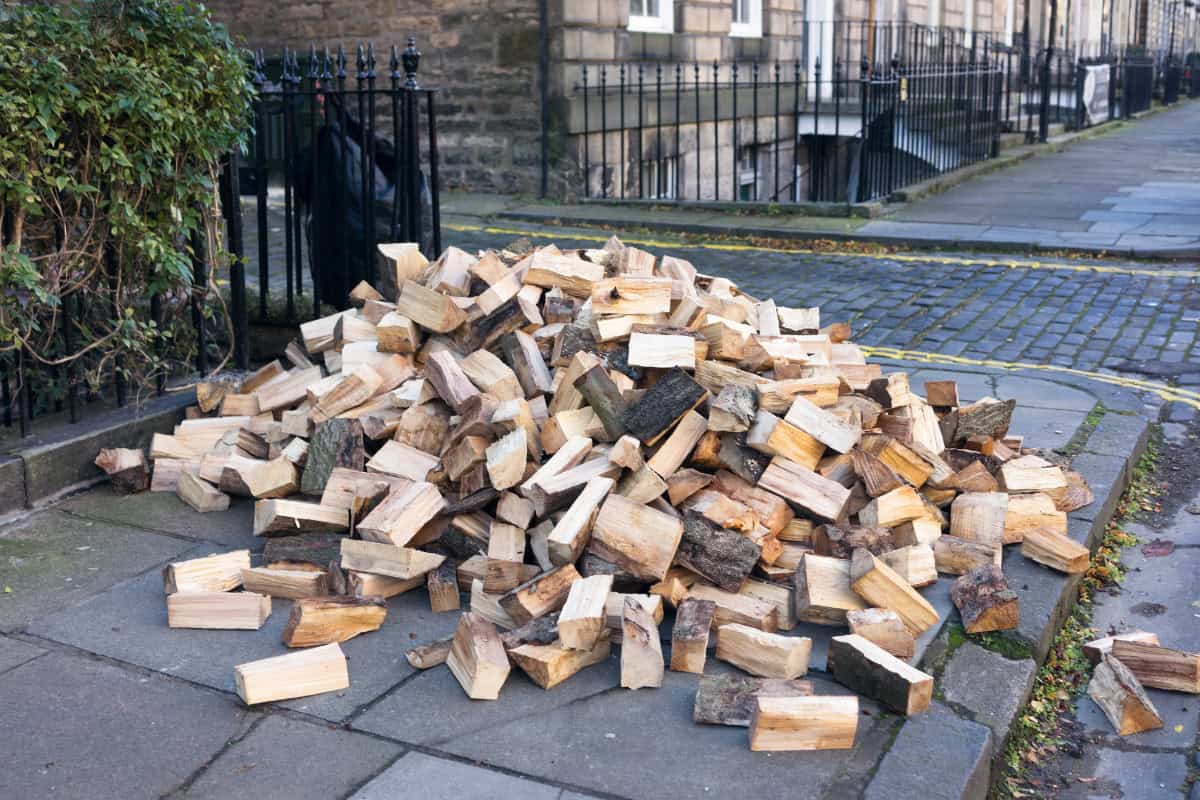
Nothing enhances outdoor gatherings quite like the dancing flames and comforting warmth of a backyard fire pit, which is why this firewood buyers guide is essential for fire pit owners.
Whether you’re roasting marshmallows with family, enjoying drinks with friends, or simply unwinding after a long day, the quality of your firewood directly impacts your experience.
This comprehensive firewood buyers guide will help you navigate the world of firewood, from understanding basic terminology to finding the best burning firewood for your specific needs.
- Understanding Firewood Terminology
- Best Woods for Fire Pits
- What Makes Quality Firewood Worth Buying
- Finding and Working with Local Firewood Vendors
- Estimating Your Firewood Needs
- Cost of Firewood in the U.S.
- Storing Your Firewood
- Preparing Wood for Your Fire Pit
- Eco-Friendly and Sustainable Practices for Firewood Buyers
- FAQs: Firewood Buyers Guide
- Wrap-up: Firewood Buyer's Guide
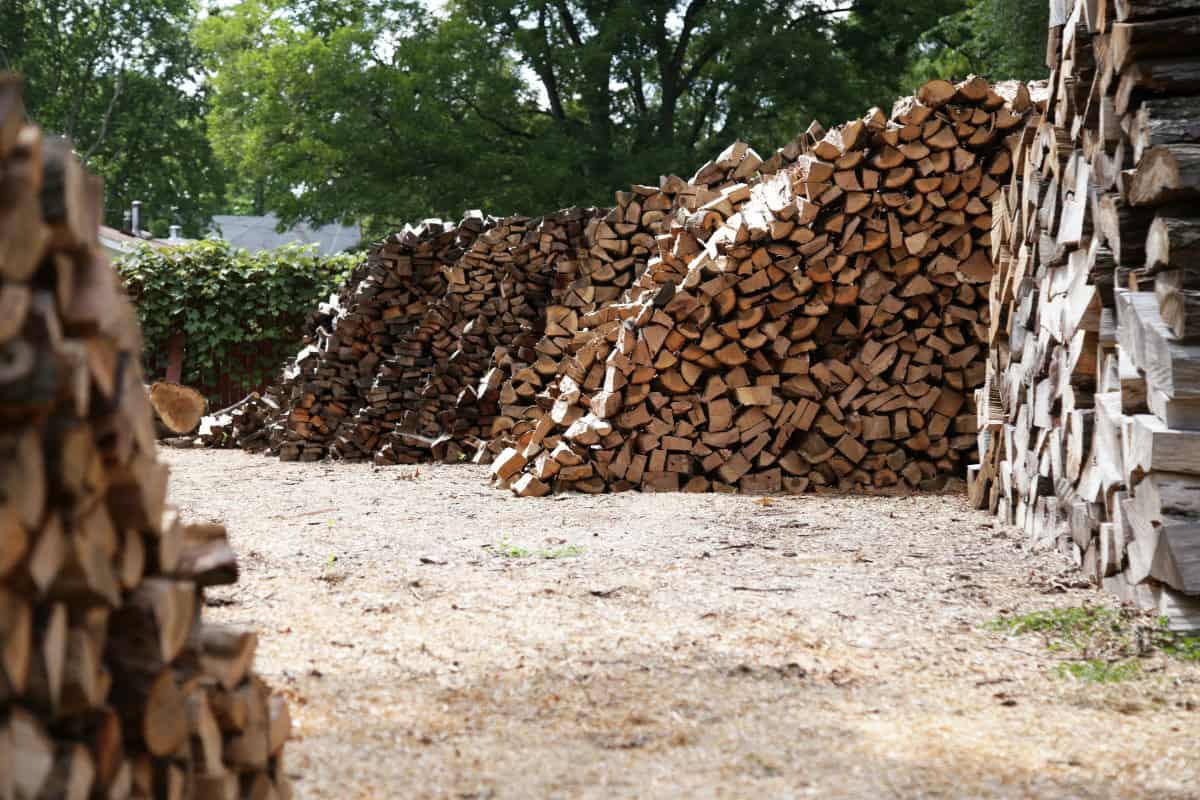
Understanding Firewood Terminology
Before diving into firewood selection, it’s important to understand the common terms you’ll encounter when shopping:
Seasoned vs. Green Firewood
Seasoned Firewood: This refers to wood that has been cut, split, and properly dried for at least 6-12 months.
Properly seasoned firewood typically has:
- A moisture content below 20%
- Visible cracks on the end grain
- Darkened color compared to freshly cut wood
- A hollow sound when two pieces are knocked together
- Loose or peeling bark
Green Firewood: This is freshly cut wood with a high moisture content (often 45% or higher).
This type of firewood:
- Is difficult to light and keep burning
- Produces excessive smoke
- Creates less heat as energy is wasted evaporating water
- Can lead to dangerous creosote buildup in chimneys if used indoors
- Often has firmly attached bark and no end grain cracks
Measurement Terms
Full Cord: The standard measurement for firewood, consisting of a stacked pile measuring 4 feet high × 4 feet wide × 8 feet long (128 cubic feet). This is a significant amount of wood that weighs approximately 2,000-4,000 pounds depending on the species.
Face Cord: Also called a “rick” or “rank” in some regions, a face cord is a stack of wood 4 feet high × 8 feet long, but with varying depths based on the length of the pieces. Typically, a face cord contains wood cut to 16 inches deep, making it approximately 1/3 of a full cord.
Bundle: The small packages of firewood sold at grocery stores, campgrounds, and convenience stores. These typically contain 0.75-1.5 cubic feet of wood, about 1/100th of a cord.
BTU (British Thermal Unit): A measurement of heat output. Different wood species produce different BTU ratings, indicating how much heat they generate when burned. Check out my comprehensive firewood BTU ratings chart for related information for the most common types of firewood. A shorter, more focused chart can be found in next section
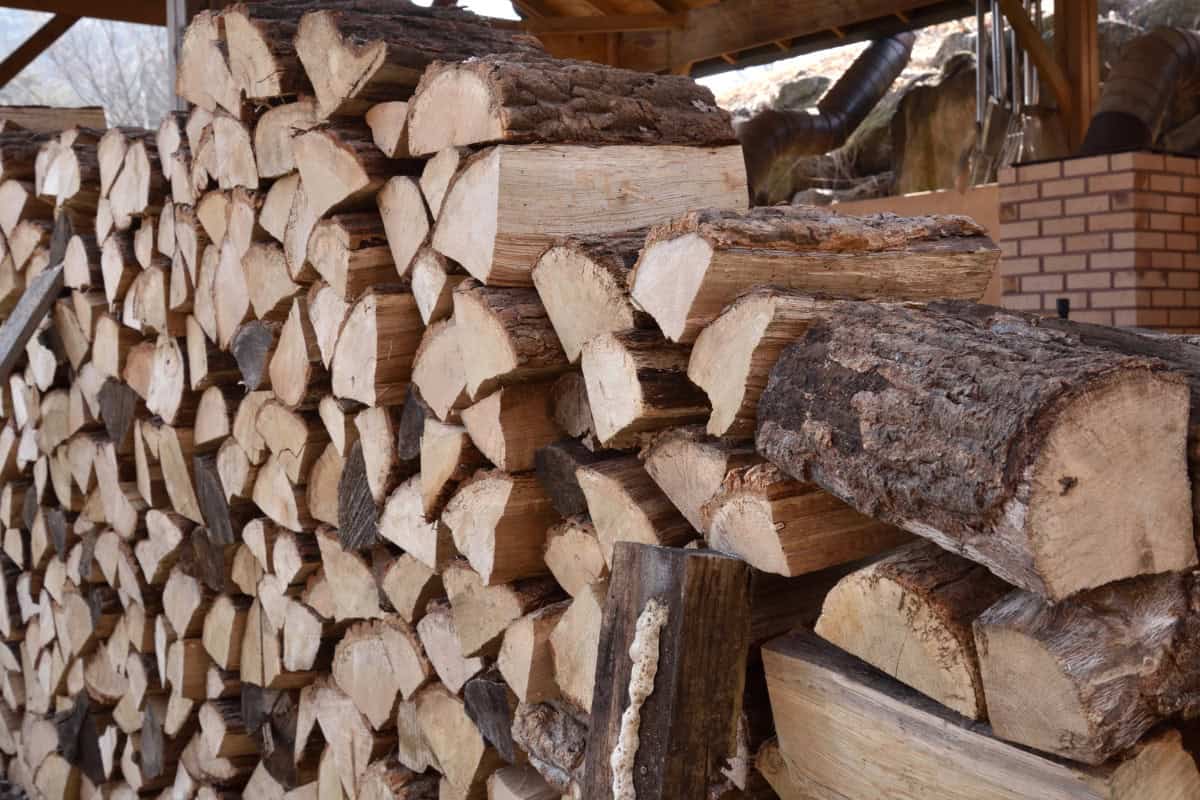
Best Woods for Fire Pits
Not all firewood is created equal.
Here’s what makes certain woods superior for outdoor fire pits:
Hardwoods vs. Softwoods
Hardwoods come from deciduous trees (trees that lose their leaves) and generally:
- Burn longer and hotter
- Produce less smoke and sparks
- Create better coals for cooking
- Are denser and heavier
- Cost more per cord
Softwoods come from coniferous trees (typically evergreens) and generally:
- Ignite more easily
- Burn more quickly
- Produce more sparks and smoke
- Cost less per cord
- May contain more resin/sap
Firewood Characteristics Comparison
The table below provides key metrics that firewood buyers typically want to know when purchasing firewood for their fire pits:
Wood Comparison Chart
Complete guide to firewood characteristics and best uses
| Wood Type | Heat Output (BTUs/Cord) | Density (lbs/cubic ft) | Smoke Production | Spark Production | Aroma | Best Use |
|---|---|---|---|---|---|---|
| Oak (White) | 29.1 million | 47-50 | Low | Low | Mild | Long burns, heating |
| Oak (Red) | 27.5 million | 45-48 | Low-Medium | Low | Mild | Long burns, heating |
| Hickory | 30.8 million | 50-55 | Medium | Medium | Strong, bacon-like | Cooking, long burns |
| Maple (Hard) | 25.5 million | 42-44 | Low | Low | Mild, slightly sweet | All-purpose |
| Ash | 24.0 million | 40-44 | Very Low | Low | Neutral | Easy lighting, clean burning |
| Beech | 27.5 million | 45 | Low | Low | Neutral | Long burns, heating |
| Cherry | 20.0 million | 35 | Low-Medium | Low | Sweet, fruity | Cooking, aromatic fires |
| Birch | 20.3 million | 38-40 | Medium | Medium-High | Slight wintergreen | Easy lighting, attractive flames |
| Walnut | 22.2 million | 38-40 | Medium | Low | Mild, nutty | Decorative fires, cooking |
| Cedar | 18.0 million | 22-25 | Medium-High | High | Strong, distinctive | Fire starting, aromatic |
| Pine | 16.2 million | 25-30 | High | Very High | Resinous | Fire starting, quick heat |
Top Wood Choices for Firewood Buyers
Selecting the right wood for your fire pit can make the difference between a crackling, long-lasting fire and one that burns out quickly with excessive smoke.
These fire pit firewood profiles highlight the best hardwood options that deliver exceptional burn time, consistent heat output, and minimal maintenance.
Whether you’re hosting a backyard gathering or relaxing outdoors, firewood buyers will appreciate these premium hardwoods for strong, reliable fires.
Longest Burning Hardwoods
- Oak (White and Red): Burns slowly with high heat output and creates excellent coals. White oak is slightly superior to Red Oak.
- Hickory: Produces intense heat with a pleasant firewood aroma, making it excellent for both warmth and cooking.
- Maple: Offers steady, even heat with minimal smoke and good coals.
- Black Ash: Burns well even when not completely seasoned, with good heat and relatively low smoke.
- Beech: Similar to maple, provides consistent heat with minimal smoke.
Good Mid-Range Options
- Cherry: Burns moderately hot with a pleasant aroma and attractive flames.
- Birch: Ignites easily and burns with bright flames, though not as long-lasting as oak or hickory.
- Walnut: Moderate heat output with an interesting aroma.
Best Softwoods (for starting fires)
- Cedar: Ignites easily with a distinctive pleasant aroma but produces more sparks.
- Pine: Readily available and ignites quickly, good for starting fires but burns rapidly.
Woods to Avoid
These are wood-based products that should not be burned in a fire pit for a number of reasons, primarily health relate:
- Pressure-treated lumber: Contains toxic chemicals that release harmful fumes when burned.
- Painted or stained wood: Releases toxic compounds when burned.
- Driftwood: When burned, can release salt-based compounds that are corrosive and potentially harmful.
- Poison Ivy/Oak/Sumac: The smoke can carry the irritating oils.
- Very resinous softwoods (in enclosed spaces): Can cause excessive creosote buildup if used in chimneys.

What Makes Quality Firewood Worth Buying
When shopping for wood using this firewood buyers guide, look for these indicators of quality:
Physical Characteristics
- Proper seasoning: Look for dark ends with visible cracks
- Consistent size: Uniformly split pieces that fit your fire pit
- Clean wood: Free from mold, fungus, or insect infestations
- Minimal bark: Excessive bark creates more smoke and ash
- Solid pieces: Avoid punky, rotten, or decomposing wood
Source Considerations for Firewood Buyers
- Local sourcing: Reduces transportation costs and environmental impact
- Sustainable harvesting: Wood from managed forests or arborist operations
- Species mix: A good combination of easy-lighting softwoods and long-burning hardwoods
- Certification: Some premium firewood vendors offer certified heat-treated or kiln-dried firewood options

Finding and Working with Local Firewood Vendors
Building a relationship with a reliable local firewood supplier can ensure you get quality wood at fair prices year after year.
Where Firewood Buyers Can Find Local Vendors
- Online marketplaces: Facebook Marketplace, Craigslist, NextDoor
- Local farm supply stores: Many rural supply stores either sell firewood or can recommend vendors
- Tree services: Arborists and tree removal companies often sell excess wood
- Word of mouth: Ask neighbors or local fire pit enthusiasts for recommendations
- Firewood dealer directories: Some states maintain lists of registered firewood dealers
Questions Firewood Buyers Should Ask Potential Vendors
- What species of wood are you selling? Different woods have different burning characteristics.
- How long has the wood been seasoned? Properly seasoned wood should have dried for 6-12 months.
- Do you deliver, and if so, what are the fees? Delivery fees can significantly impact the total price.
- Do you stack firewood and if so, what are the fees if any? Unless you like stacking wood, make sure to get an answer to this one.
- What volume measurement do you use? Ensure you’re getting a true cord or face cord.
- Is the wood split to consistent sizes? Consistency makes stacking and burning easier.
- Where was the wood harvested? Local wood minimizes the spread of invasive species.
- Do you offer any guarantees on quality? Some vendors will replace wood that doesn’t meet expectations.
Tips for Negotiating and Building Relationships
- Buy in off-season: Purchasing in in the US in the spring or summer often means lower firewood prices (link to our US firewood pricing guide for 2024-25). For our readers in the UK check out our UK firewood prices guide for 2024-25.
- Order larger quantities: Many vendors offer discounts for full cord purchases
- Become a repeat customer: Developing a relationship can lead to priority service and better prices
- Refer new customers: Some vendors offer discounts for referrals
- Consider shared deliveries: Split delivery fees with neighbors by ordering together

Estimating Your Firewood Needs
How much firewood you’ll need depends on several factors:
Factors Affecting Consumption
- Fire pit size: Larger pits consume more wood to maintain the same flame level
- Burning frequency: Weekend-only use versus daily fires
- Typical burn duration: Quick evening fires versus all-day gatherings
- Season and climate: Year-round use in mild climates versus seasonal use
- Wood species: Hardwoods burn longer than softwoods
General Estimates for Typical Use
- Occasional use (1-2 fires per month): 1/4 to 1/2 face cord per season
- Regular weekend use (1-2 fires per week): 1/2 to 1 face cord per season
- Frequent use (3-4 fires per week): 1 to 2 face cords per season
- Daily use: 2+ face cords per season
For perspective, a typical backyard fire pit session might consume 10-20 pieces of wood over 2-3 hours, with about 40-50 pieces in a standard bundle.
Check out my Firewood Needs Calculator to streamline the process of estimating how much firewood you’ll need based on the factors discussed above.
While you’re at it, check out this page with all of Backyard Toasty’s firewood calculators, to get estimates for a variety of firewood related needs.

Cost of Firewood in the U.S.
Firewood prices vary significantly based on location, availability, species, and quality.
Here are general price ranges (as of 2025):
Full Cord Pricing
Face Cord/Rick Pricing
- Mixed hardwoods: $75-$125
- Premium hardwoods: $100-$175
- Specialty woods: $125-$200+
Bundle Pricing
- Standard bundles (convenience stores, groceries): $5-$9
- Premium kiln-dried bundles: $8-$15
- Specialty cooking woods: $10-$20
Regional Price Variations
- Northeast and Midwest: Generally higher prices due to heating demand
- Southeast and South: Typically lower prices with some seasonal fluctuation
- West Coast: Variable pricing with premium rates in urban areas
- Mountain regions: Prices vary with availability of local forests
Additional Costs Firewood Buyers Should Know About
- Delivery fees: $25-$75 depending on distance
- Stacking services: $25-$50 per cord
- Rush delivery: $25-$100 premium
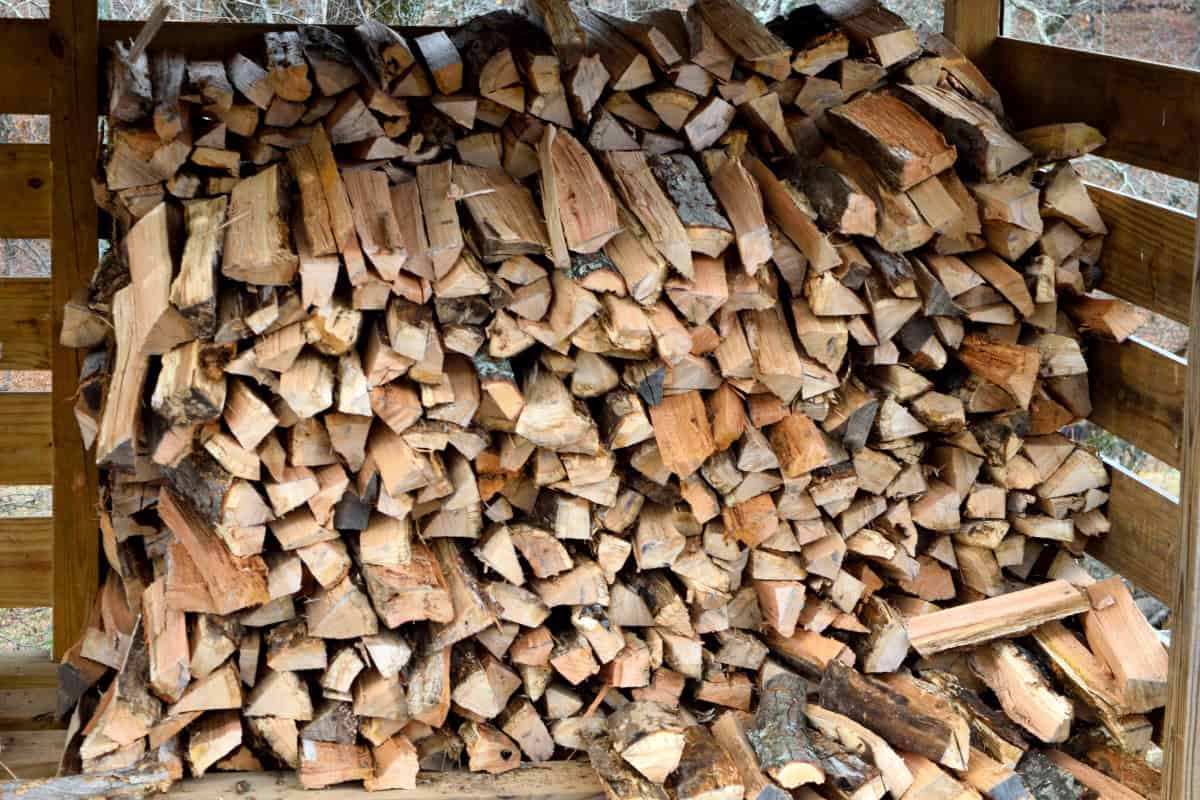
Storing Your Firewood
Proper storage extends the life and quality of your firewood investment:
Ideal Storage Conditions
- Elevated: Keep wood off the ground using pallets or a rack
- Covered top: Protect from rain and snow while allowing airflow
- Open sides: Allow air circulation to prevent mold
- Sunny location: Helps continue the seasoning process
- Away from structures: Store at least 10 feet from your home to discourage pests
Storage Solutions
- Commercial wood racks: Durable, purpose-built solution ($50-$200)
- DIY racks: Can be built with pallets or cinder blocks and lumber
- Covered wood storage sheds: Premium option for serious users ($200-$1000)
- Temporary coverage: A tarp over just the top of the stack works well
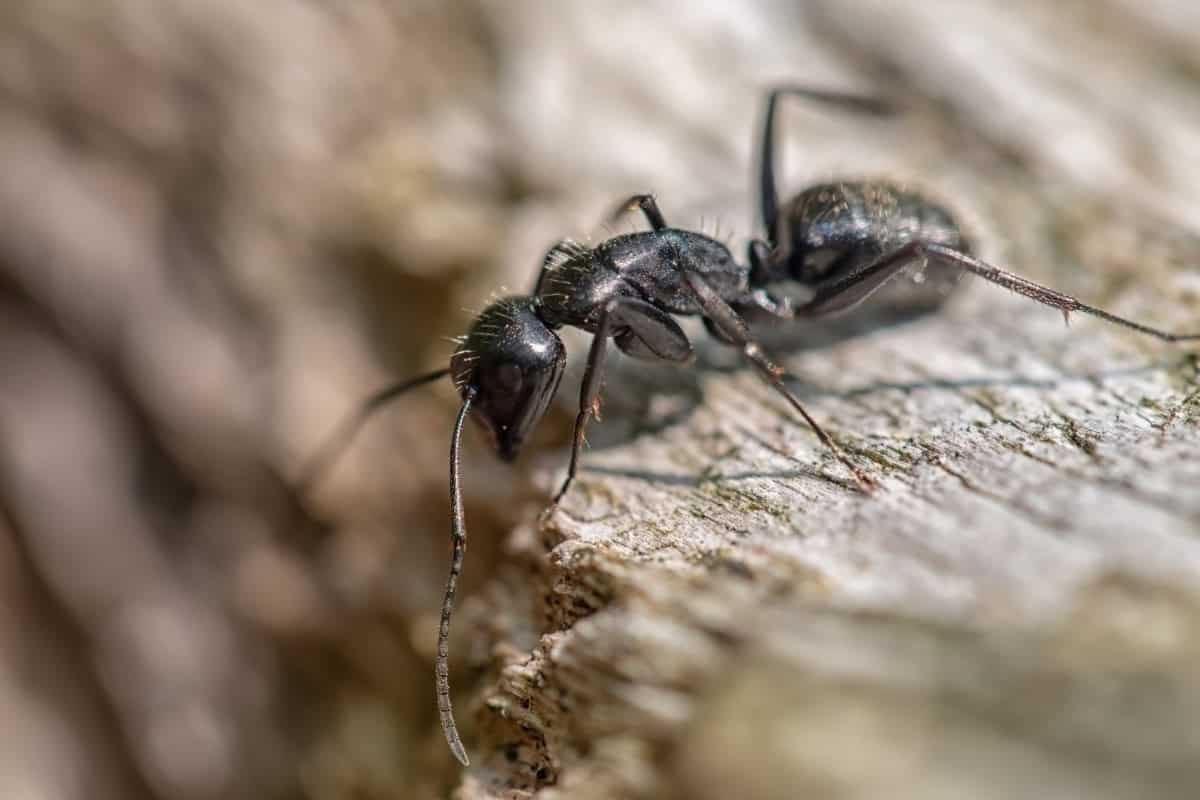
Preparing Wood for Your Fire Pit
A little preparation before burning ensures the best experience:
Before the Fire
- Bring wood indoors a day before use to warm it slightly and remove surface moisture
- Sort by size: Separate kindling, small pieces, and larger logs
- Check for critters: Especially in wood that’s been stored for some time
- Remove excess bark if you want to reduce fire pit smoke and spark production
Building the Fire
- Start small: Begin with kindling and smaller pieces before adding larger logs
- Create airflow: Arrange wood to allow oxygen circulation
- Crosshatch pattern: Stack pieces perpendicular to each other for stability and airflow
- Use natural fire starters: Pinecones, dried citrus peels, or commercial starters instead of lighter fluid
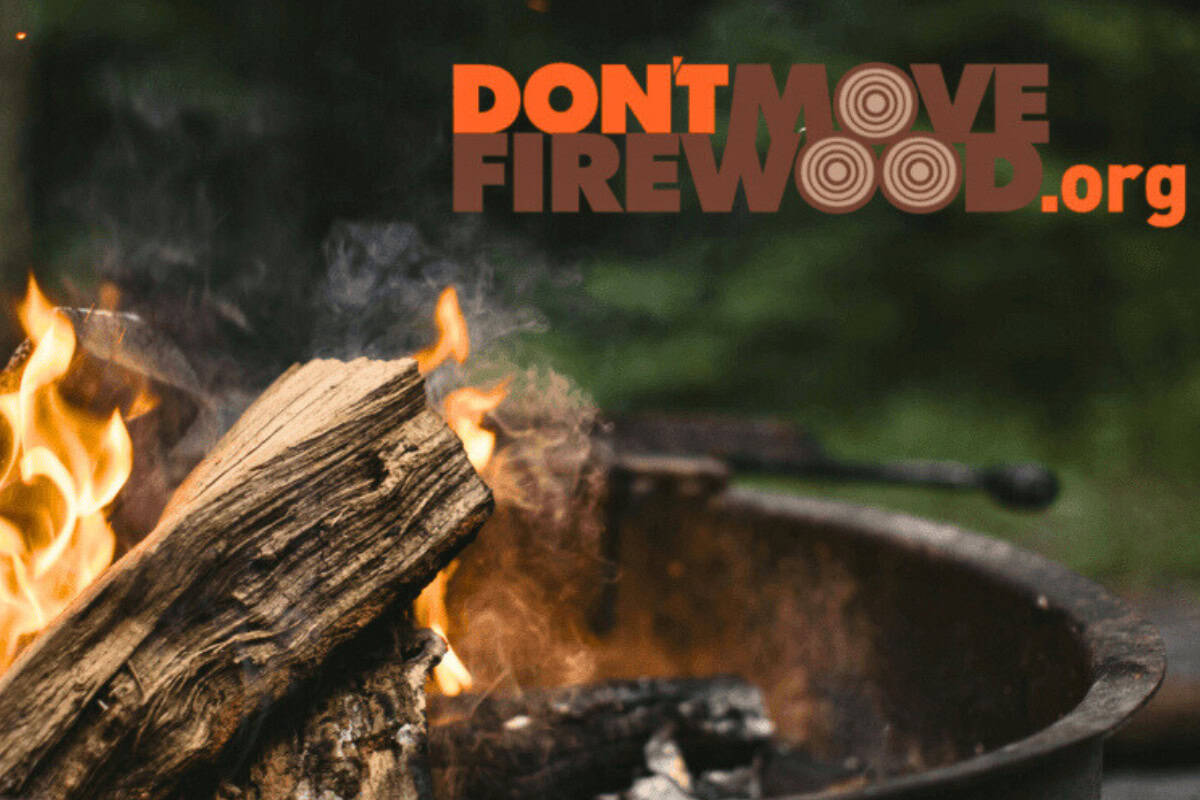
Eco-Friendly and Sustainable Practices for Firewood Buyers
Being responsible with your firewood choices helps protect forests and air quality:
Sustainable Sourcing
- Buy local: Prevents spread of invasive insects and diseases
- Use certified wood: Some regions offer certification for sustainably harvested firewood
- Consider salvaged wood: Trees removed due to disease or development
- Avoid harvesting in protected areas: Never remove wood from parks or preserves without permission
Reducing Environmental Impact
- Burn hot, efficient fires: Reduces particulate emissions
- Use seasoned wood only: Creates less smoke and pollution
- Consider manufactured logs: Some eco-friendly options produce fewer emissions
- Practice “Leave No Trace” principles: Properly dispose of ash and unburned materials
For related content, check out my article Fire Pit Fuels Compared: Which is Right for Your Backyard?
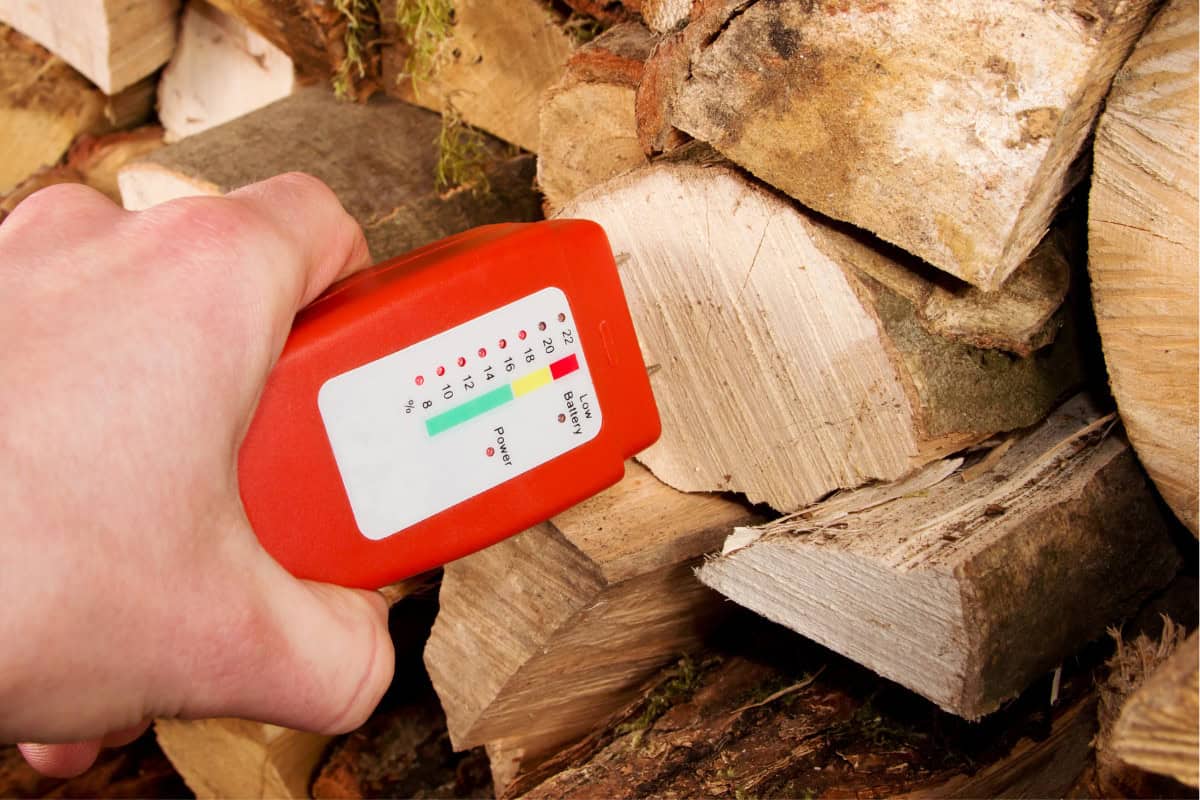
FAQs: Firewood Buyers Guide
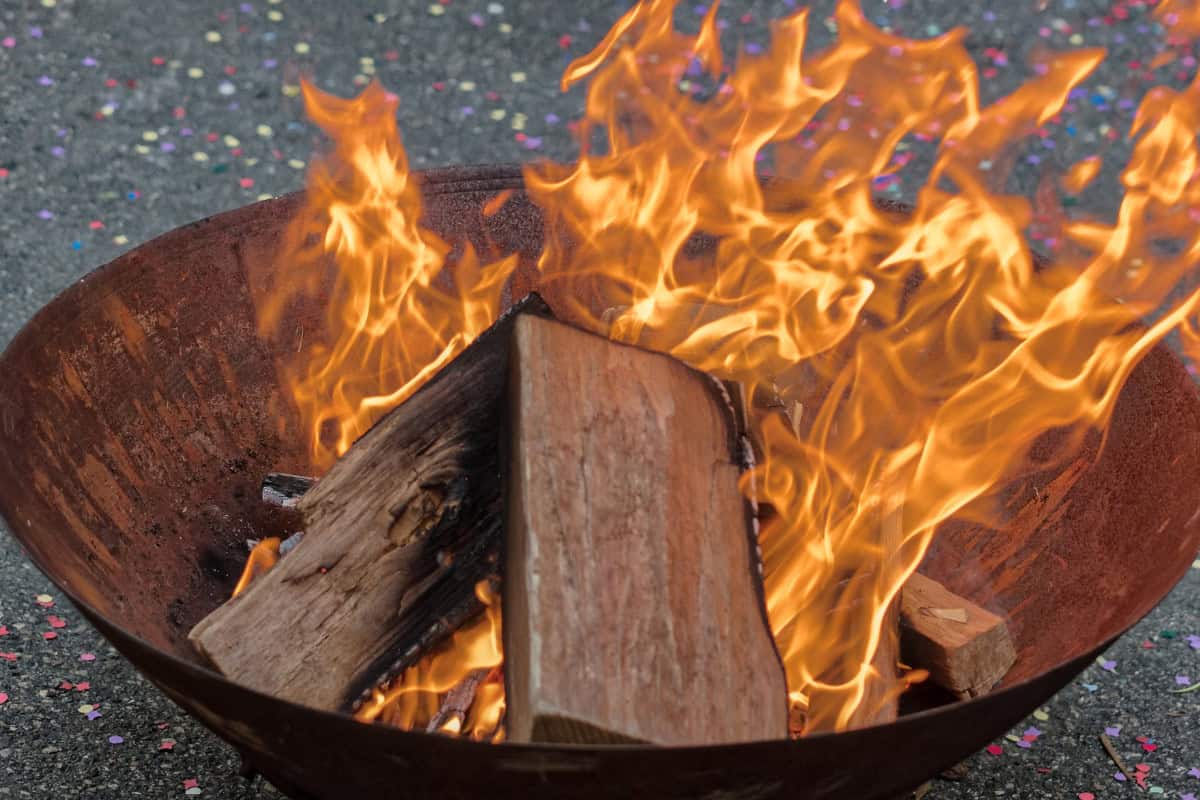
Wrap-up: Firewood Buyer’s Guide
Quality firewood is the foundation of memorable fire pit experiences.
By understanding what to look for, where to buy it, and how to properly store and use your wood, you’ll enjoy more consistent fires with less smoke, more heat, and longer burn times.
Whether you’re a casual weekend fire enthusiast or someone who enjoys daily outdoor fires, investing in good firewood pays dividends in enjoyment and efficiency.
Remember that developing relationships with reliable local firewood vendors and learning the characteristics of different wood species in your area will greatly enhance your fire pit experience.
Start with small quantities of different woods to discover your preferences, and soon you’ll be the neighborhood fire pit expert!
Finally, check out my Fire Pit Firewood BTU Chart for more information on not only firewood BTUs but how much various types of firewood smokes and sparks, and how long they take to season.
